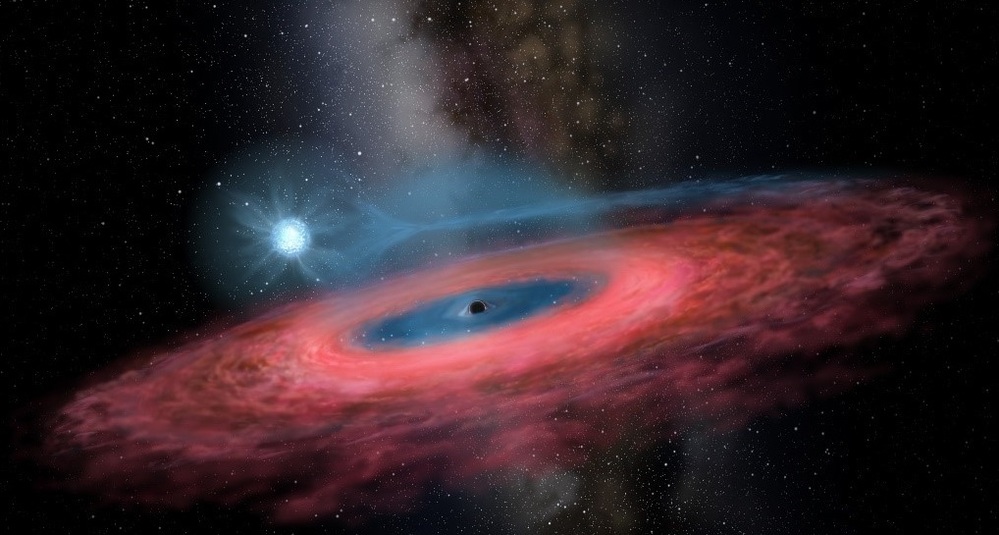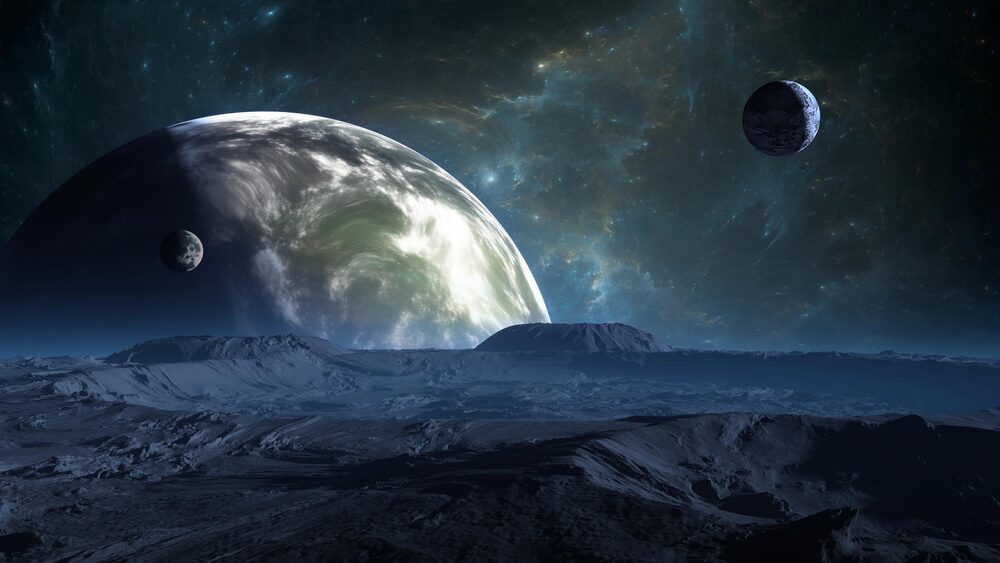Just when we thought we knew everything there was to know about the universe… hold on, when did we think that? The universe is an unending source of incredible statistics, amazing physics and unbelievable stuff and every year our intrepid scientific community uncovers more amazing things. Here are some of the most amazing recent discoveries.
-
Mega-Earth
In 2011, the Kepler Space Telescope spotted a planet that astronomers thought would just be another gas giant. Named Kepler-10c, the planet weighs as much as 17 Earths but is rocky just like our planet. For a long time, scientists thought that a planet this heavy would just always be another gas giant just like Jupiter and Saturn. The planet was also called the ‘Godzilla of Earths” and the discovery of this new type of planet has increased the number of potential planets that could support life. And with more life-supporting planets, the chances of finding extraterrestrial life likewise increase.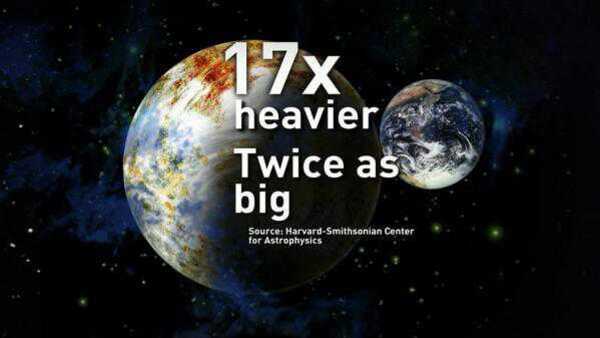
-
Hybrid Star
Thorne-Zytkow Objects (TZO), after Professor Kip Thorne and Dr Anna Zytkow first theorized them, are ‘hybrid stars’ that forms when a red giant swallows its neutron star binary partner. It is only after 40 years since it was theorized that a TZO is finally found.
The hybrid star HV 2112 is the first TZO found and is located in the Small Magellanic Clouds, one of the nearest galaxies and one of the most distant objects that can be seen with the naked eye. According to the scientists, studying these cannibals could help us create some of the heaviest elements in our universe since these elements will be generated by the rare hybrid.
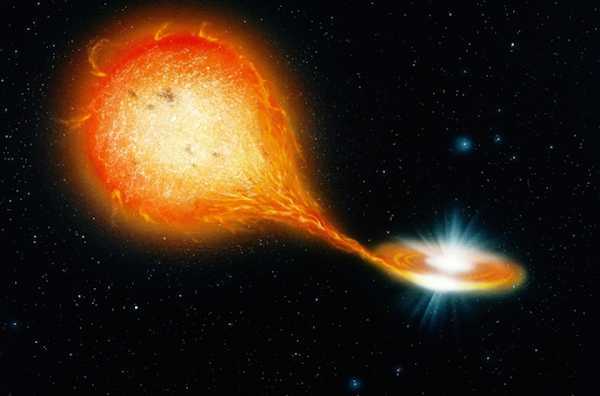
-
Diamond Star
Although weighing only 1.37 pounds, the Cullinan is the World’s largest diamond ever found. It is so enormous compared to other diamonds but is now only a speck of dust after astronomers have found a white dwarf the size of Earth that could most likely be composed of diamonds.
The white dwarf, orbiting a pulsar named PSR J2222-0137, is so cold (by star standards) at about 5000 degrees Fahrenheit that its carbon has most likely crystallized just like our much treasured diamonds. Astronomers say that there could be more of these ‘diamond-planets’ but they are so dim that makes them very difficult to be spotted. The white dwarf is about 900 light years away, so don’t expect so much just yet.
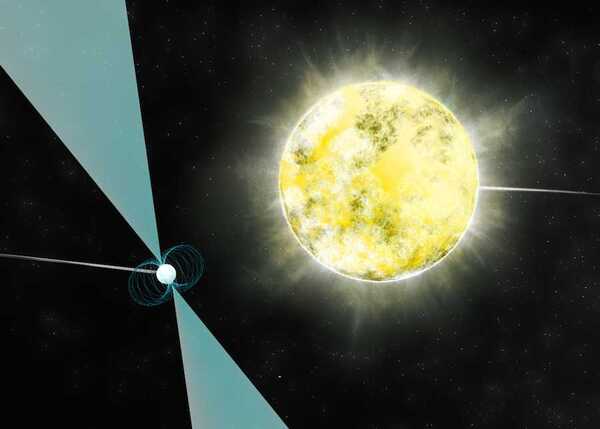
-
New Class Of Star
High-Velocity Stars have already been observed lots of times before. They are usually a pair of large blue stars where one gets ejected at high speed after interacting with a supermassive black hole a the center of our galaxy. But astronomers have found a new class of these moving stars with speeds high enough to escape the gravitational pull of our galaxy.
The amazing thing is that, these new stars most likely didn’t originate from the center of our galaxy so scientists are puzzled as to what caused these stars to achieve such great speed. Astronomers are still trying to figure out other means of getting ejected at such speeds without coming from the galactic center.
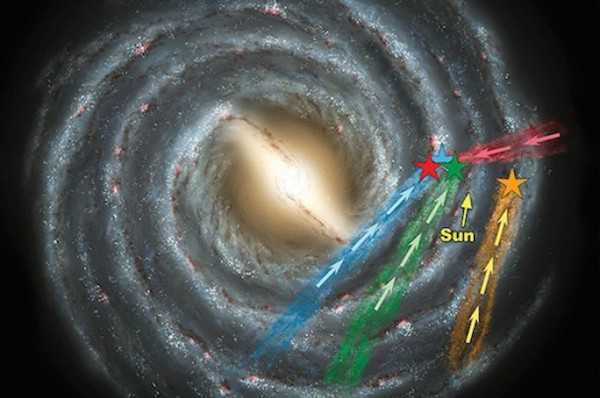
-
New Saturn Moon
What could possibly be the birth of Saturn’s last natural moon may have just been captured by NASA’s Cassini Probe. The potential 63rd satellite of Saturn nicknamed Peggy, is most likely only around 0.5 miles wide that it can’t be seen in images for the moment. Commotions near the edge of the outermost rings of Saturn are believed to have been caused by the presence of the new moon.
It has been theorized that Saturn’s moons were created by its ring system and as the rings depleted, the moons being produced become much smaller. This is why the bigger moons such as Titan were kost likely formed first. The sense of a moon forming and leaving a planet might give new understandings on how the planets in our Solar System formed and drifted away from the Sun.
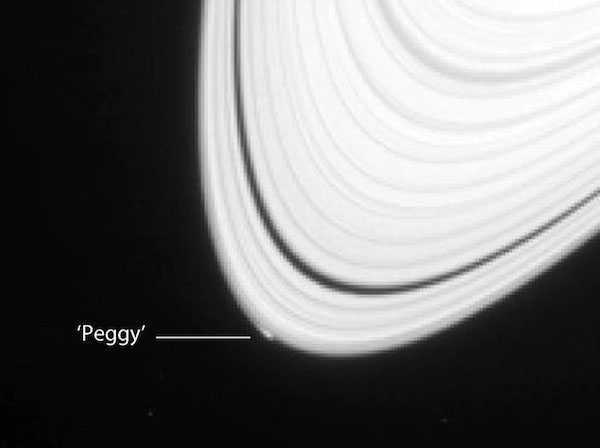
-
Coldest Star
In April this year, astronomers have discovered a brown dwarf so cold that its temperature could reach as low as -48 degrees Celsius (-54 degrees Fahrenheit). In comparison, the coldest temperature recorded in the US is -62 degrees Celsius (-80 degrees Fahrenheit) which occurred in Alaska. Most brown dwarfs previously discovered have a temperature of around room temperature.
Brown Dwarfs are stars so small that the heat and light they generate is not enough to make them easily be seen. This is the reason that even though the coldest star is only 7.2 light years away, it wasnt until this year that it was discovered. But before thinking of skating in the cold star, remember that one lifetime isn’t even enough to reach the star.
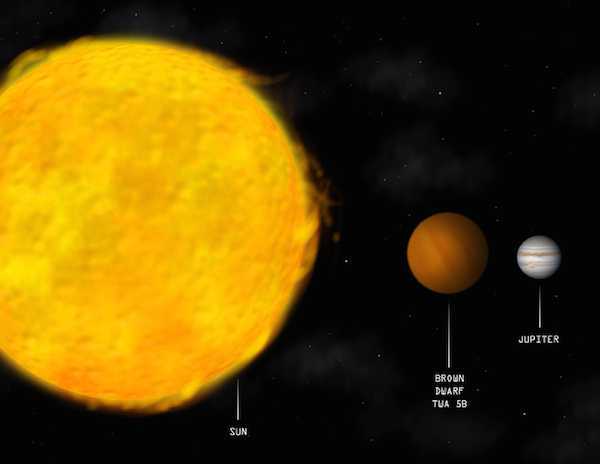
-
Long Lost Brother
For years, astronomers have been trying to find the long-lost siblings of the Sun, those other stars born in the same place (called a stellar nursery) as our Sun. And the star HD 162826 from the constellation Hercules is most likely the first candidate.
Stars born in the same nursery tend to drift so far away from each other after millions of years until they completely lose each other in the crowd. This is the reason why the first sibling ever found is 110 lightyears away. To be considered a sibling, astronomers need to study two things: its chemical composition and its orbit. Studying these siblings helps scientists identify where and how the sun formed. Observers so far have not been able to identify any life bearing planets orbiting HD 162826. But the McDonald Observatory Planet Search team has been observing HD 162826 for more than 15 years. Finding Sun’s sibling is definitely one of the biggest space discoveries as it raises a possibility of finding a life bearing planet in HD 162826 orbit because of slight similarity of conditions during the birth of the stars.
